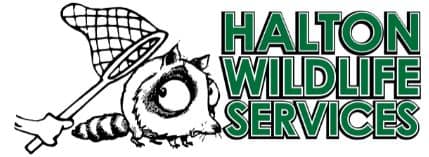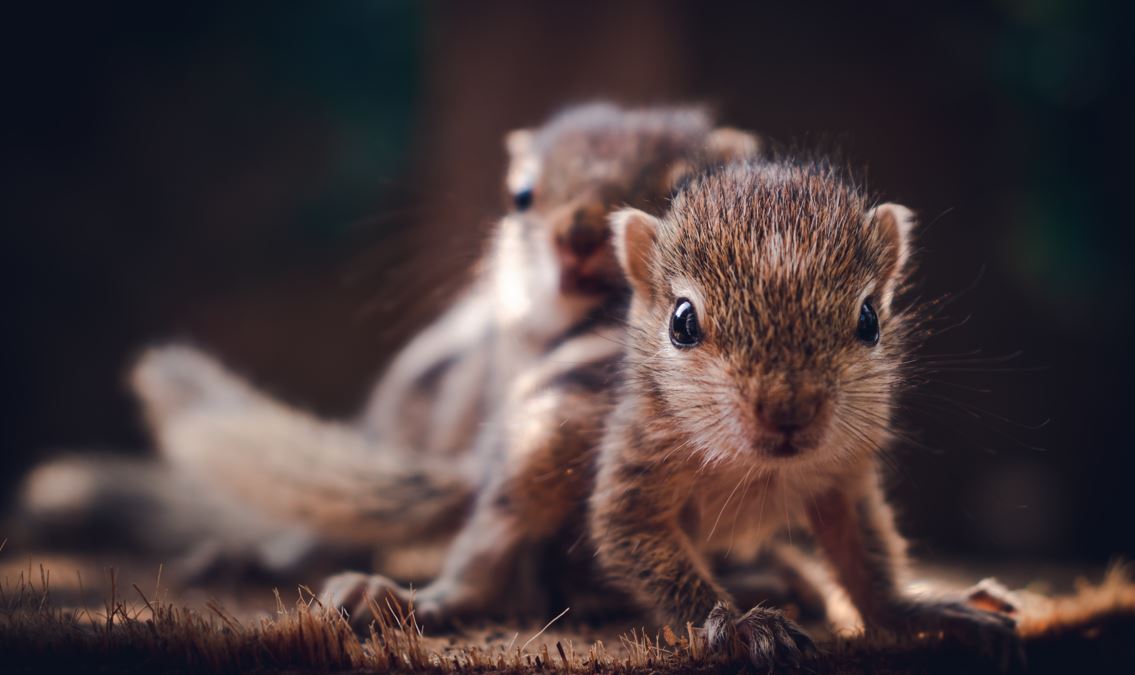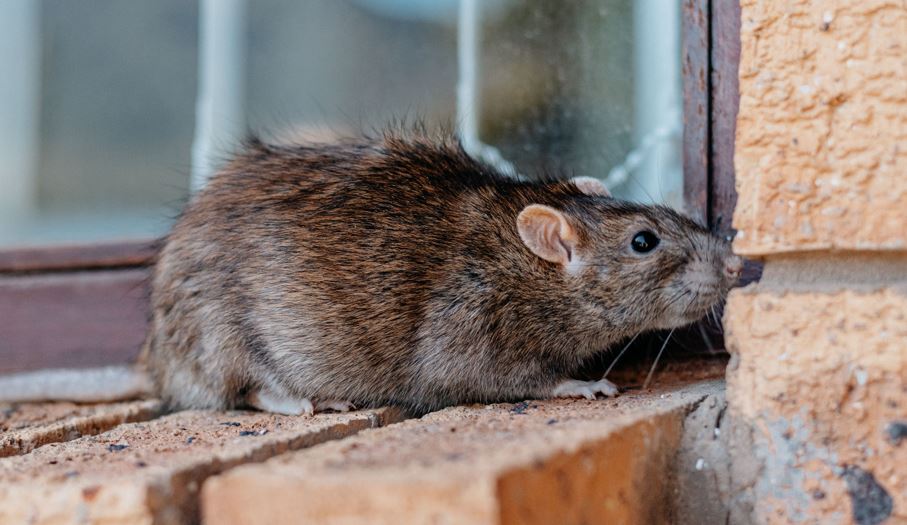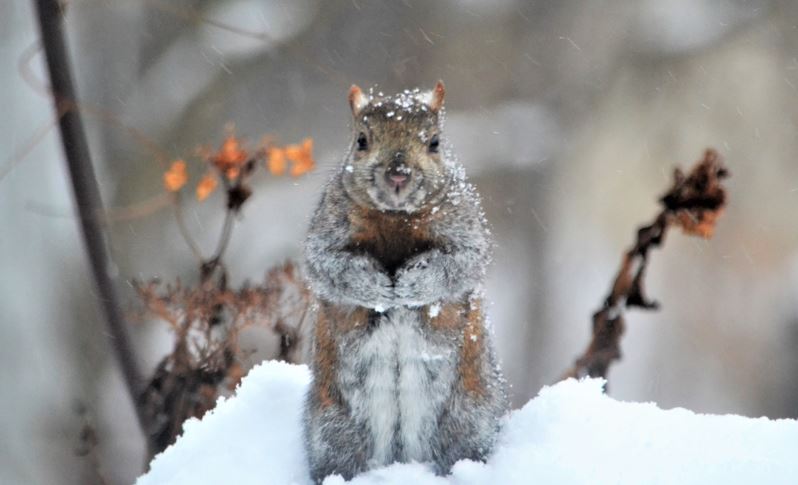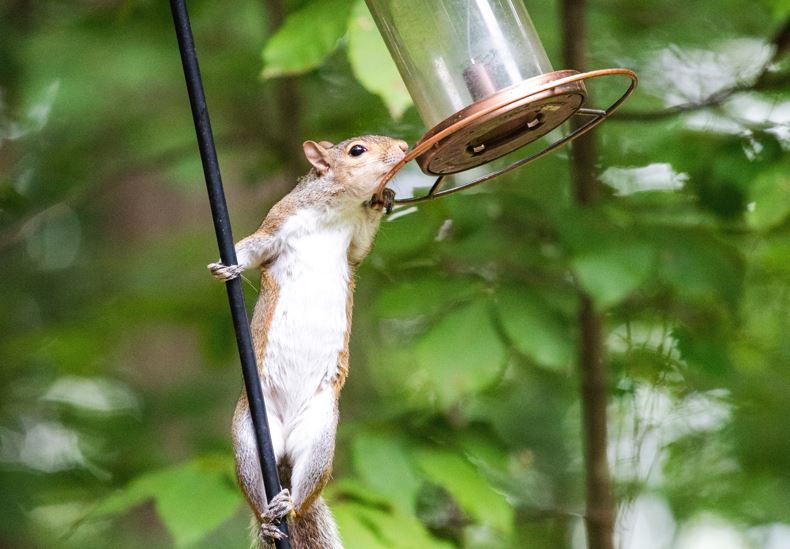With winter on the horizon, many pests will be looking for a safe space to keep warm through the cold months. The last thing you want is for wild animals to get into your attic and create their den for the winter. Wildlife can create a lot of chaos and costly damage in your attic, so you should do everything you can to keep them from getting in. Luckily, this doesn’t have to be a difficult task!
What animals are trying to get into my attic?
Our customers in Oakville, Burlington, and Milton often find keeping animals out of their attic a challenge. Wildlife in our beautiful communities is great, but can be dangerous and cause costly damage in attics.
Southern Ontario is home to a variety of backyard pests looking for a warm space to spend the winter and to have babies. Some, like opossums and skunks, don’t have the mobility to get up to your roof and attic, while many others will do everything they can to get in there.
There are a number of pests that will find your attic an appealing place to spend the winter, but some of the most common ones in the Toronto area include:
- Squirrels
- Raccoons
- Bats
- Birds
- Rodents like mice or rats
Top prevention tips
Preventing pests from gaining access to your attic is the best way to ensure that they won’t use the space to make a den for the winter. There are a few things that you can do to make your yard less appealing and your attic harder to get into.
1. Inspect your roof, siding and soffits
Most pests will enter your attic through a hole in your roof or soffits. Taking the time each fall to inspect your roof, along the base of your soffits and eaves, and your siding can help ensure that there aren’t any holes for them to squeeze through. Most wild animals can fit through a hole much smaller than you’d expect, so it’s important to be thorough in your inspection. If some sections are weak, they can also become an entry point if an animal is intent on chewing or gnawing their way through.
2. Install roof vent covers and chimney covers
Larger animals like raccoons can easily lift chimney and vent covers in order to gain access to your attic while smaller pests are likely to chew through weak plastic coverings. Using mesh coverings and ensuring that they are installed properly can help reduce entrance points to your attic. Chimney caps can be unique to your chimney style and choosing the wrong one can reduce its effectiveness at allowing airflow during a fire, and can be easier for animals to remove.
3. Remove food sources
One of the most common draws for animals is food. Put away any pet food, cover garbage bins and seal compost containers to help prevent pests from accessing these very tempting sources of food. When an animal can’t find food easily, they are less likely to stick around.
4. Tidy up your yard
Messy backyards often offer pests a safe place to hide while they search for their winter home. Ensure that your yard is clear of brush and piles of wood or leaves and cut any branches that may offer an easy path to your roof to help keep them out of your yard and attic. Preventing them from being able to climb up your trees can also help stop pests from getting into your attic.
Animal entry preventative measures are easier than removal ones
No one wants to deal with pests in their attic, especially during the coldest months of the year. Taking steps to ensure you are preventing them from gaining entry may feel like a hassle in the fall, but this is a much easier and cheaper course of action than having to remove them once they do get in.
If preventative measures feel overwhelming or you’ve already found pests or babies in your attic, it might be a good time to contact a professional. They are trained to ensure all animals get out of your attic before closing it up, and will spot any potential entrance points in your siding, roof and soffits.
